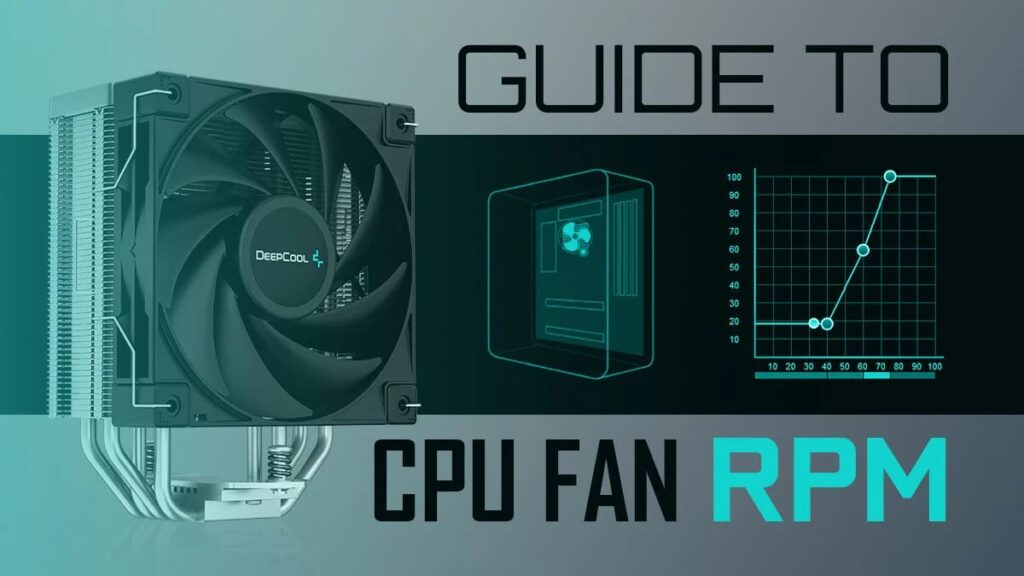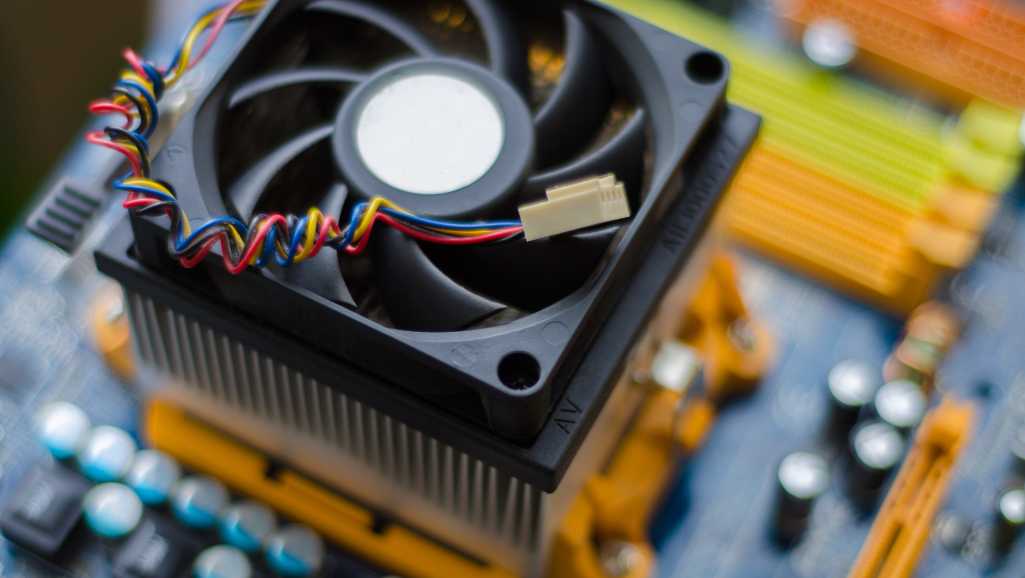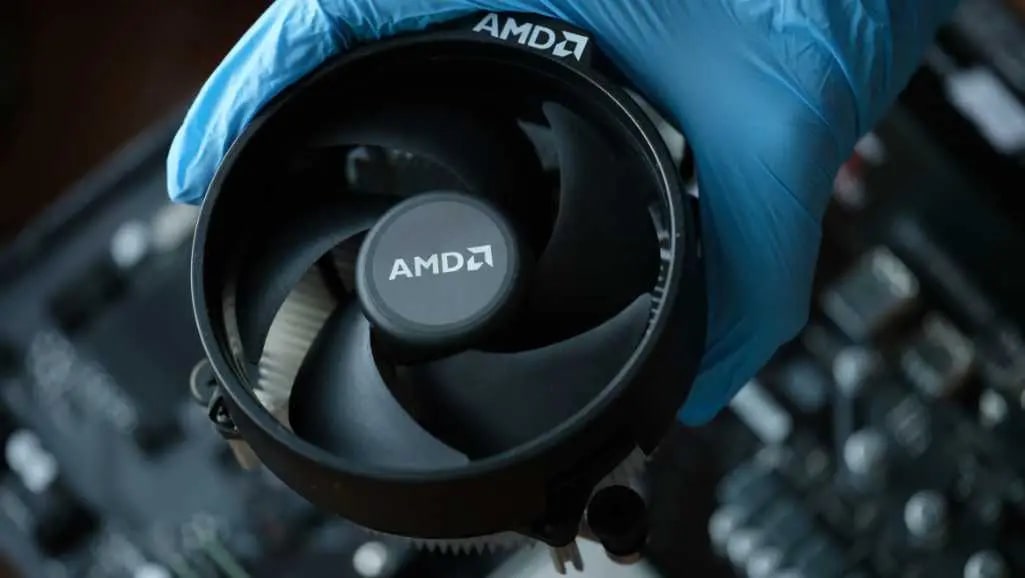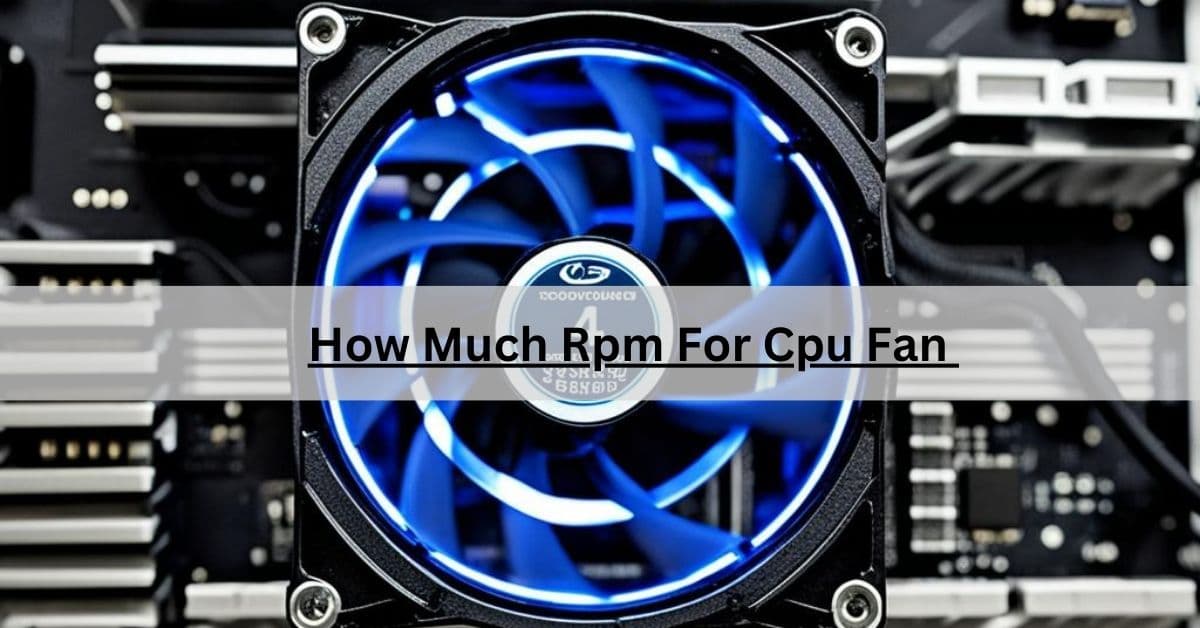After experimenting with my CPU fan settings, I found the ideal RPM for a balance between cooling and noise. Running my fan around 1200-1500 RPM kept temperatures low during light tasks, while cranking it up to 2000+ RPM helped during intense gaming sessions.
The ideal CPU fan RPM depends on your cooling needs and workload. For light tasks, 1000-1500 RPM often keeps temperatures in check, while gaming or heavy tasks may require 2000+ RPM for optimal cooling
In this article, we will discuss all about “How Much Rpm For Cpu Fan ”
What Is the Ideal RPM for a CPU Fan?

The ideal RPM for a CPU fan depends on what you’re doing with your computer. For basic tasks like browsing or working on documents, a speed around 1000-1500 RPM usually keeps the CPU cool without too much noise. However, for more demanding activities like gaming or video editing, the fan may need to run at 2000 RPM or higher to handle the extra heat.
Read More: Cpu Z Not Working – Solve It With These Steps!
How Much RPM Is Too High for a CPU Fan?
1. Noise Levels:
When a CPU fan spins at high speeds, like 2500-3000 RPM or more, it can become very noisy. This noise might be distracting, especially if you’re working or gaming in a quiet room. The faster the fan spins, the louder it tends to get, which can be annoying over time.
2. Diminishing Returns:
Diminishing returns means that after a certain point, increasing the RPM of your CPU fan doesn’t really make things much cooler. For example, if you raise the fan speed from 2000 RPM to 2500 RPM, it will help cool your CPU more, but going from 2500 RPM to 3000 RPM might not cool it much better.
3. Fan Lifespan:
Running a CPU fan at very high speeds for long periods can shorten its lifespan. The faster the fan spins, the more wear and tear it puts on the motor and bearings inside. Over time, this can cause the fan to become less efficient or even stop working altogether. To make your fan last longer, it’s best to avoid running it at extremely high speeds all the time and to keep it clean and well-maintained.
4. System Balance:
Running a CPU fan at very high RPM can cause the air inside your computer case to move in a way that disrupts the cooling of other parts. When the fan spins too fast, it may create turbulence, which could prevent the air from circulating properly, leading to less effective cooling for components like your graphics card or motherboard.
5. Power Consumption:
Running your CPU fan at very high speeds uses more power. This means it can slightly increase your electricity bill and put more strain on your computer’s power supply. While the extra power usage isn’t usually huge, it’s something to consider, especially if you’re running multiple high-speed fans or if your system is already using a lot of power.
How Can I Adjust My CPU Fan RPM?
- BIOS/UEFI Settings: Access your computer’s BIOS or UEFI settings during startup to adjust fan speeds manually or select predefined fan profiles for different performance levels.
- Software Utilities: Many motherboard manufacturers offer software that lets you control fan speeds from within your operating system, like MSI’s Dragon Center or ASUS’ AI Suite.
- Fan Controllers: If you have a custom PC build, you can use external fan controllers to adjust fan speeds physically, allowing for more precise control over cooling and noise levels.
Does Higher RPM Mean Better Cooling for a CPU Fan?
1. Improved Airflow:
Improved airflow means making sure the air inside your computer case moves freely, helping cool down your components more efficiently. By arranging fans properly, ensuring there are no blockages, and having good intake and exhaust systems, cool air can flow in while warm air gets pushed out. This helps lower temperatures and keeps your PC running smoothly.
2. Diminishing Returns:
Diminishing returns means that after a certain point, increasing the speed of your CPU fan doesn’t make a big difference in cooling. For example, if you push the fan speed too high, like over 3000 RPM, the temperature of your CPU may not drop much more than it would at a lower speed, like 2000 RPM.
3. Noise Levels:
High CPU fan RPM can create loud noise, especially if the fan speed exceeds 2500-3000 RPM. While it may help with cooling, the increased noise can be distracting. It’s important to find a balance between fan speed and noise to ensure a comfortable experience.
4. Component Lifespan:
Running your CPU fan at very high speeds for long periods can reduce its lifespan. The faster it spins, the more wear it puts on the fan’s motor and bearings. To extend the fan’s life, it’s best to keep speeds balanced and not too high.
What RPM Should a CPU Fan Run at for Idle and Light Tasks?

For idle and light tasks, your CPU fan should run at a slower speed, usually around 1000-1500 RPM. This is enough to keep the CPU cool without creating too much noise. Since the CPU isn’t working hard during these tasks, the fan doesn’t need to run at high speeds.
Read More: Is Vr Cpu Or Gpu Intensive – Find Out Here!
What RPM Should a CPU Fan Run at for Gaming?
For gaming, your CPU fan should run at a higher speed, usually around 2000-3000 RPM, depending on how much your CPU is being used. Gaming puts a lot of stress on your computer, making it generate more heat. A faster fan helps keep the CPU cool and prevents overheating during intense gaming sessions.
Can Running a CPU Fan at High RPM Cause Damage?
Running your CPU fan at high RPMs for long periods won’t usually cause immediate damage, but it can shorten the fan’s lifespan. The faster the fan spins, the more wear it puts on its parts, like the motor and bearings. This could lead to the fan wearing out faster, and may also cause extra noise or power usage. It’s best to adjust the speed according to your system’s needs.
Is It Better to Have a CPU Fan on Automatic or Manual RPM Control?
It’s usually better to have your CPU fan on automatic RPM control. This allows your computer to adjust the fan speed based on how hot the CPU is, keeping it cool when needed without wasting power or creating too much noise. Manual control can be useful for fine-tuning, but automatic control is simpler and works well for most users.
How Does CPU Temperature Affect Fan RPM?
1. Automatic Adjustments:
Automatic adjustments allow your CPU fan to change its speed based on the computer’s temperature. When the CPU heats up, the fan speeds up, and when it cools down, the fan slows down. This helps balance cooling and noise without manual control.
2. Improved Cooling at High Loads:
Improved cooling at high loads means that your CPU fan runs faster during intense tasks like gaming or video editing. This increased speed helps cool the CPU more effectively, keeping your system stable and performing well even when handling demanding work.
3. Power Efficiency:
Power efficiency means using less energy to get the same results. In CPUs, power-efficient designs allow your computer to perform well while consuming less power, which can save on energy costs, reduce heat, and make the system last longer.
4. Prolonged Performance:
Prolonged performance means keeping your computer or device running smoothly over a long time without slowing down or overheating. This can be achieved by managing CPU cooling, avoiding overuse, and regularly maintaining the system to prevent issues and ensure stable performance.
What’s the Difference Between Stock and Aftermarket CPU Fan RPMs?
The difference between stock and aftermarket CPU fan RPMs is mainly about cooling power and noise. Stock fans, which come with the CPU, usually have a lower RPM range, providing basic cooling that’s fine for regular tasks. Aftermarket fans, which you buy separately, often run at higher RPMs and are designed for better cooling, especially during demanding tasks like gaming.
What rpm would be normal for my cpu fan?
A normal RPM for your CPU fan depends on how hard your computer is working. For everyday tasks, like browsing or writing, a speed between 1000-1500 RPM is usually enough to keep things cool and quiet. When you’re gaming or using heavy programs, your CPU fan might need to run faster, around 2000-2500 RPM, to handle the extra heat.
What is the optimal RPM for laptop fans?

The optimal RPM for laptop fans varies based on use. For everyday tasks, 2000-3000 RPM is generally enough to keep temperatures under control. When running heavy applications or games, laptop fans may need to speed up to around 4000-5000 RPM to manage the extra heat and prevent overheating.
Read More: Pchistory.Net Cpu Work – Ultimate Guide – 2024!
Is a CPU fan speed of 3590 RPMs normal?
Yes, a CPU fan speed of 3590 RPM can be normal, especially during high-performance tasks like gaming or video editing. This speed helps keep the CPU cool when it generates more heat. However, it may be loud, so if you notice high noise, you might want to check your cooling setup or adjust fan settings if possible.
FAQs:
1. What RPM Should a CPU Fan Run at for General Use?
For general tasks like browsing or watching videos, a CPU fan speed of around 1000-1500 RPM is usually sufficient to keep temperatures low without much noise.
2. What is a Good CPU Fan RPM for Gaming?
During gaming or other high-performance tasks, 2000-2500 RPM is often ideal to prevent overheating. Higher speeds may be used, but it can cause more noise.
3. Is It Bad to Run a CPU Fan at High RPM Constantly?
Running a fan at high RPM all the time can shorten its lifespan due to extra wear and tear. It also increases noise and may not be needed for light tasks.
4. How Can I Check My CPU Fan’s RPM?
You can check your CPU fan RPM in the BIOS/UEFI settings or by using monitoring software, such as HWMonitor or SpeedFan, which displays real-time fan speeds.
5. Can I Control My CPU Fan RPM Manually?
Yes, you can manually adjust your CPU fan speed through BIOS/UEFI or using motherboard software. Some PC builds also allow for external fan controllers.
6. Does Increasing CPU Fan RPM Improve Cooling Performance?
Yes, increasing fan RPM usually helps with cooling, but after a certain speed, there may be minimal cooling improvement. Balancing RPM can keep the system cool without extra noise.
Conclusion:
The ideal RPM for a CPU fan depends on your specific needs and activities. For light tasks, lower fan speeds around 1000-1500 RPM are usually sufficient, while high-performance tasks like gaming or video editing may require speeds of 2000 RPM or higher. It’s important to balance fan speed with noise levels and system efficiency.
